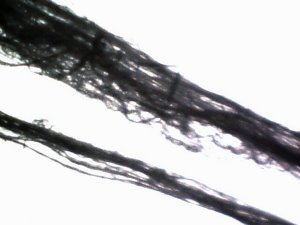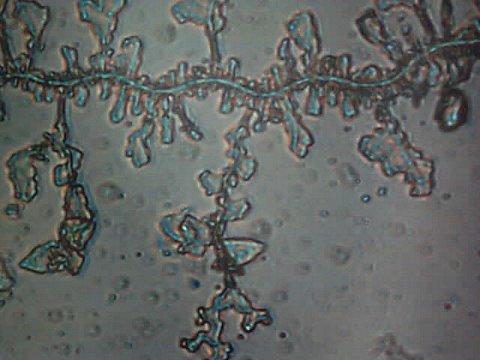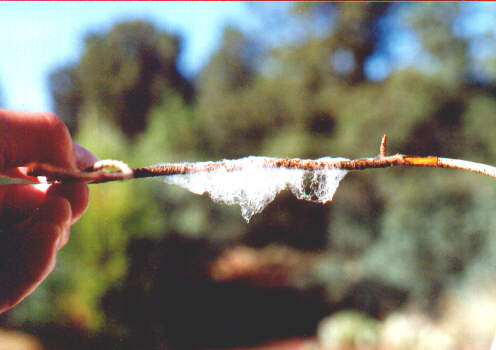
MORGELLONS : AN ENVIRONMENTAL SOURCE
A continuing discussion of the characteristics of filament samples discovered by Clifford Carnicom and others is presented here. It is reiterated that an environmental source, at least in part, for specific biological organisms that are under scrutiny in association with the so-called "Morgellons" condition, has been identified. This source is the unusual airborne filament sample that was sent in June of 2000 to the Administrator of the United States Environmental Protection Agency (EPA) for identification on behalf of the public welfare. This particular and same sample that was sent to the EPA has been successfully cultured and reproduced, and the culture growth exhibits the identical biological organisms, structure and chemistry of certain biological filaments that are under extensive study in association with the Morgellons condition.
The different cultured structures discussed above are described and pictured within this work as well. They are:
1) An encasing filament structure (containing an internal network of sub-micron filaments)
2) A chlamydia-like organism (Chlamydia pneumonia)
3) A pleomorphic form (Mycoplasma-like)
4) An erythrocytic form (red blood cell).




